An excellent model that will suit everyone, but not everyone needs it.
Huawei's new TWS headphones use an unusual design to allow you to listen to music or a podcast while keeping your ear canals open. In this case, it is not bone conduction that is involved, as it might seem, but Hall sensors and an IMU sensor. The latter is a positioning sensor unit, including an accelerometer, barometer and gyroscope. This system allows you to determine the position of the earphone in space and direct the sound clearly into the ear.
I had high hopes for them: due to the physiological characteristics of my face, the “plugs” shoot out of my ears, and my favorite “beans”, the Samsung Galaxy Buds Live, still rub when worn for a long time. I’ll tell you in the review whether the new product met my expectations and whether you need Huawei FreeClip.
Table of contents
- Specifications
- Equipment and design
- Connection
- Application and control
- Sound and microphones
- Convenience
- Noise suppression
- Autonomy
- Results
Specifications
| Emitter type | Dynamic, double magnets, 10.8 mm |
| Headphone weight | 5.6 years |
| Case weight | 45.5 years |
| Connection | Bluetooth 5.2 |
| Supported Codecs | SBC, AAC, L2HC |
| Noise suppression | No |
| Moisture protection | IP54 - splash proof (headphones only) |
| Battery | 55 mAh (headphones); 510 mAh (charging case); Qi charging |
| Autonomy | 8 hours of music (36 hours with case) |
Equipment and design
Huawei FreeClip is delivered in a small cardboard box, inside of which are the headphones themselves in a charging case and a cardboard envelope with instructions, a warranty card and a USB-C cable.
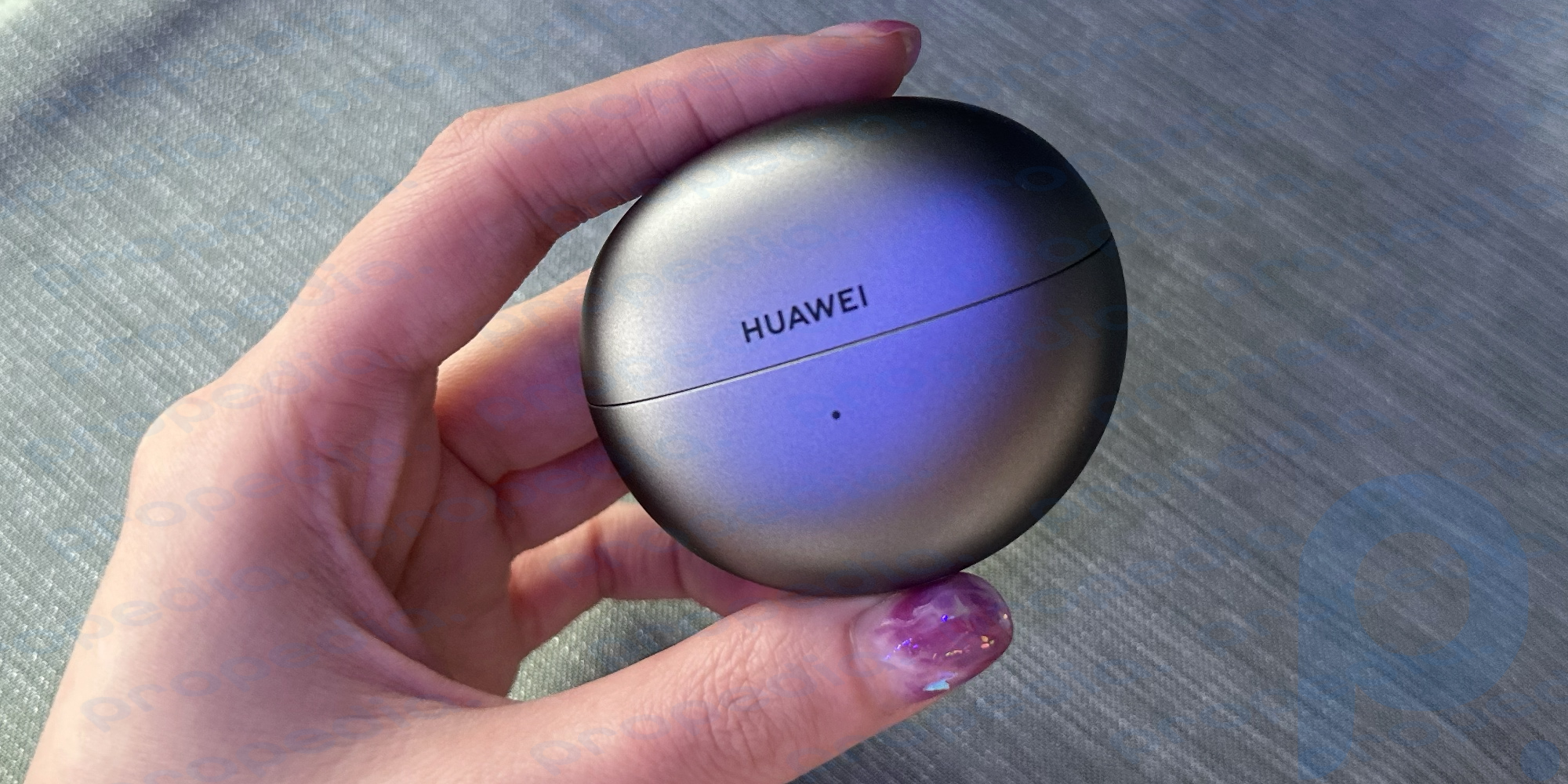
A black version came to me for testing, but in real life it’s more of a gray version—a couple of shades darker than the MacBook’s Space Gray. Also available in purple color.
The case is covered with matte plastic - it looks a little cheap, but it does not get dirty during everyday use. Does not collect dust, fur and other small particles. I didn’t notice any scratches for no reason: even after a couple of days in my pocket with the keys, the case looks like new.
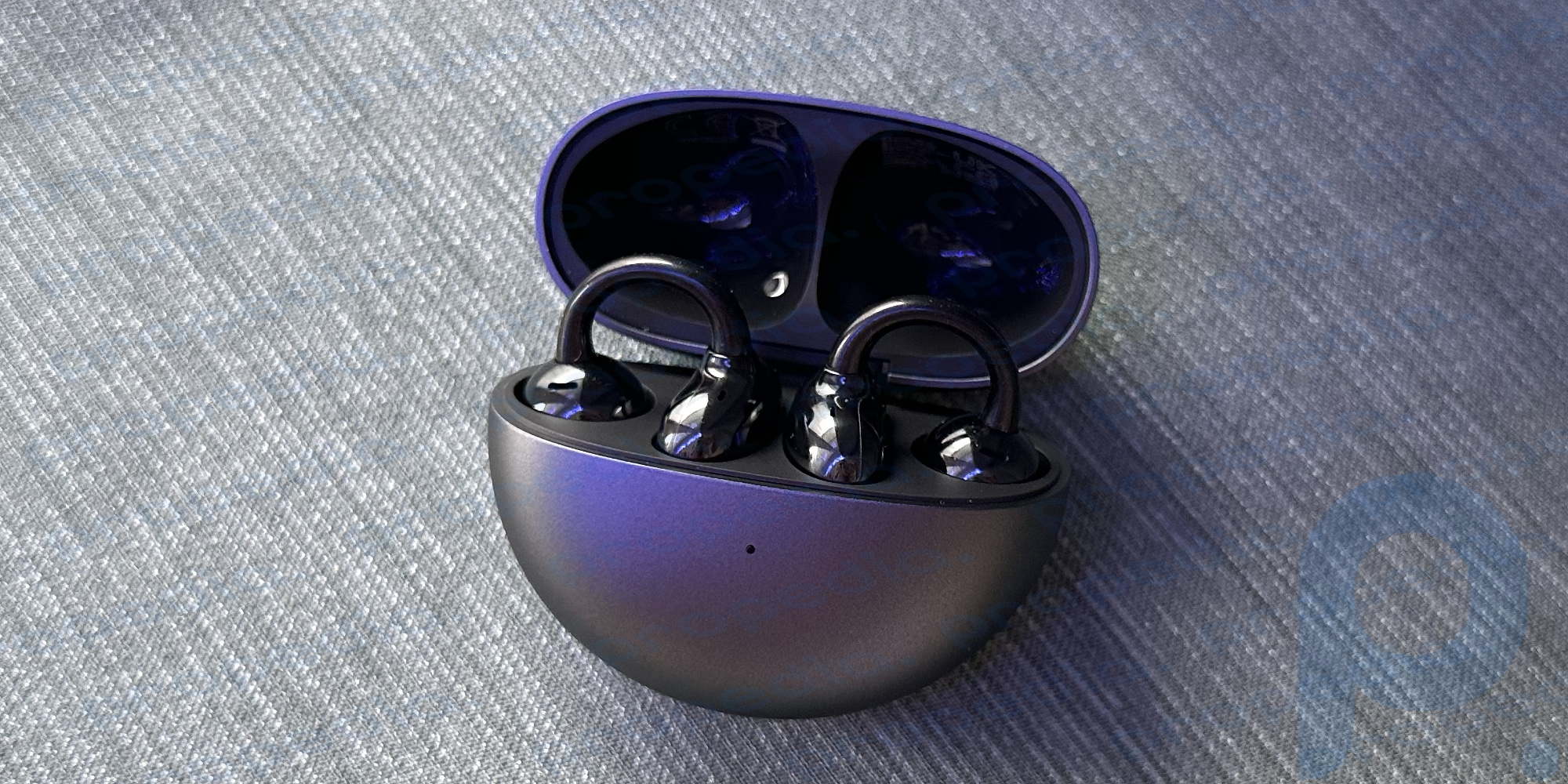
The headphones themselves are glossy and an order of magnitude darker than the case. By design, each earphone looks like a bean and a ball connected by a flexible C‑bridge.
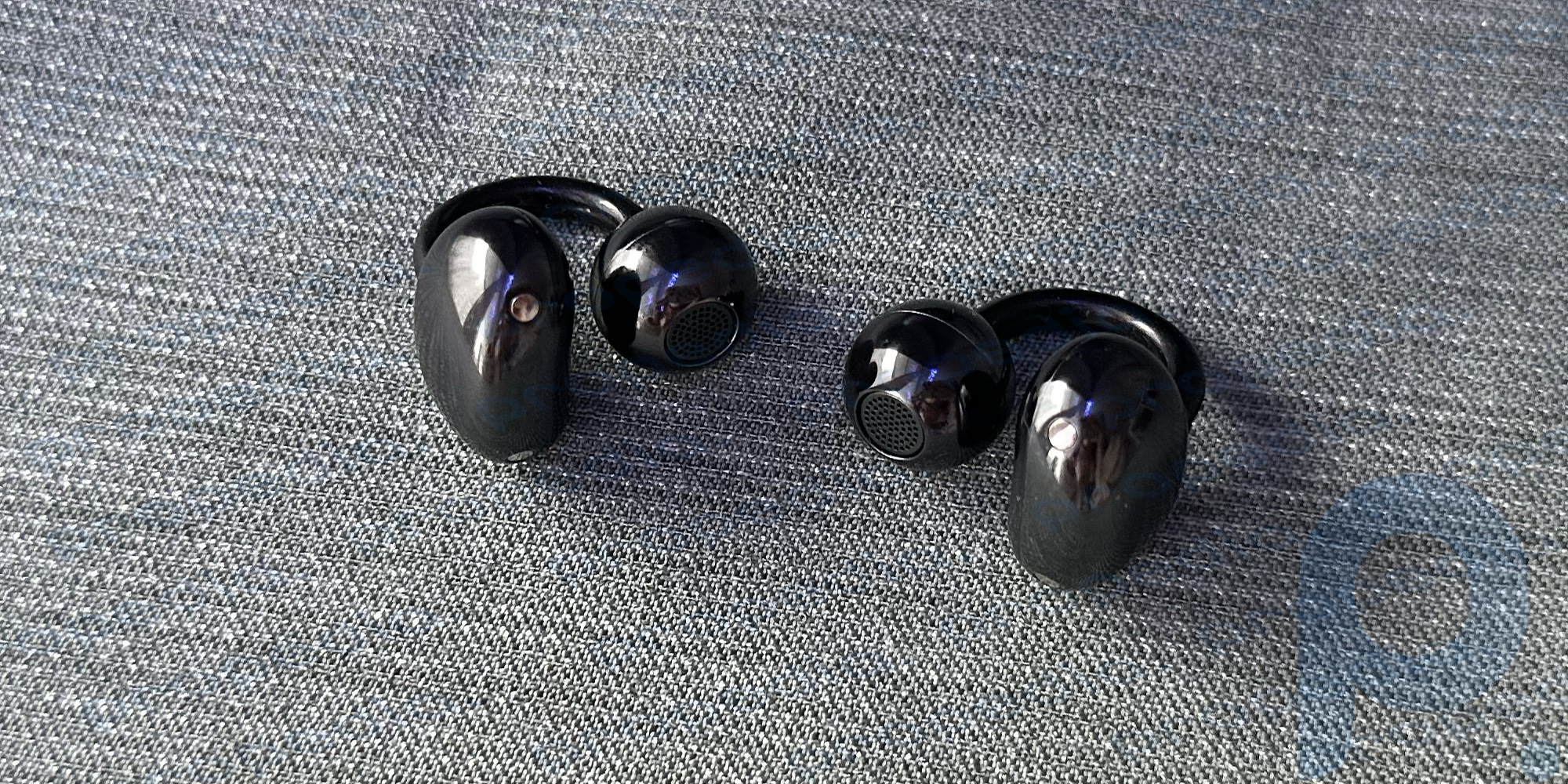
They are worn much like cuff earrings for unpierced ears: you need to place the “bean” behind the ear so that the ball ends up in the cup of the auricle. Next, you need to adjust the position of the jumper. The manufacturer recommends that it be at an angle of 30°.
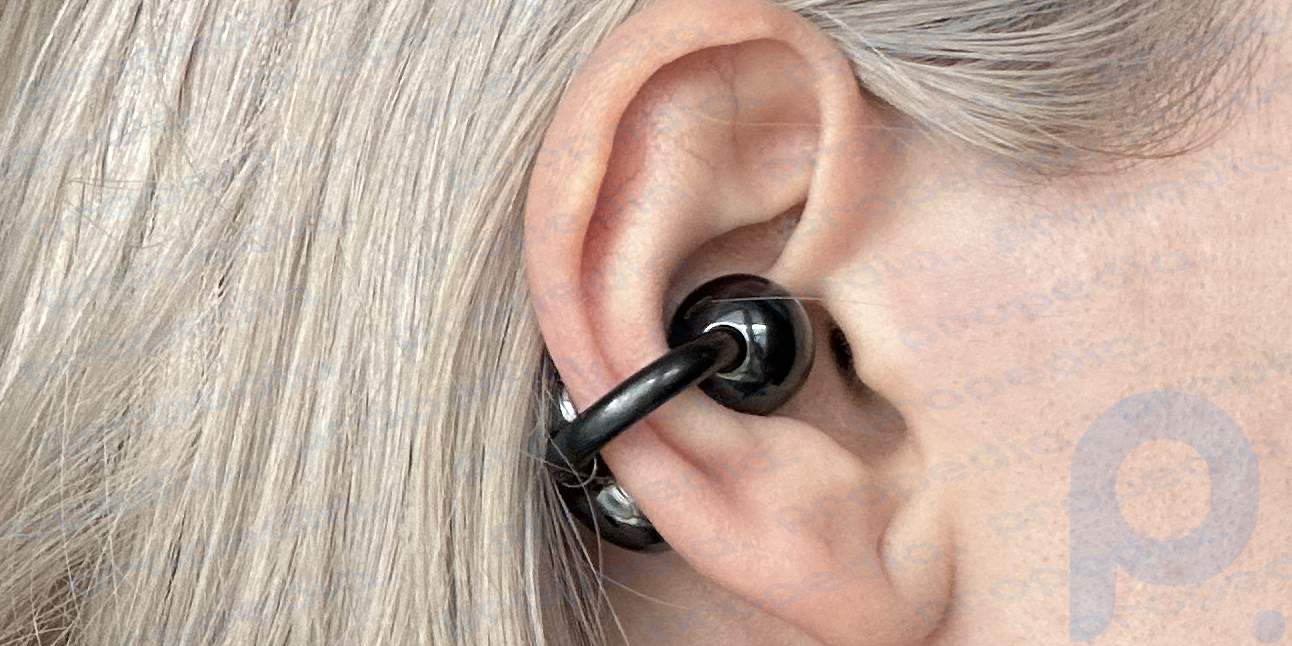
The easiest way is to turn on the music and move the jumper up and down: if the sound improves, then you've got it. It may seem strange at first, but you get used to it quickly.
The headphones are completely symmetrical and adjust themselves to the left or right ear. If you use them for a while and then change places, they will immediately adjust. At the same time, a mechanical voice will tell you that you made a mistake, but everything has already been corrected.
Connection
Headphones are connected via Bluetooth without additional applications. I tested FreeClip with an iPhone and MacBook - a rather non-standard scenario, but I did not notice any optimization problems, the devices became friends easily. In the first case, it was enough to open the case and the headphones appeared in the list of available Bluetooth gadgets; in the second, with the case open, you had to hold down the button on the side and wait until the white pairing diode lights up.
The headphones should be even easier to connect to Huawei smartphones and laptops: a pop-up pairing window will appear on them when you open the case.
Application and control
Without installing a companion application, you can only adjust the volume here. So I downloaded Huawei AI Life (available on the App Store and Google Play). In reviews in the store, iPhone users complain about problems with synchronization, but my headphones appeared as soon as I opened the program - I didn’t even have to log into my account or start searching for devices.
When FreeClip appears in the list of connected gadgets, you can see the charge level of each earphone and case. If the earphone is in the case and charging, the data will only be displayed from time to time, but scenarios where this is critical are rare.
There are sound settings, but they are not impressive. Unlike the same FreeBuds 5, there is no equalizer; only four sound options are offered, which slightly adjust the mid and high frequencies.
Among the additional functions, the search is notable: you can send a loud sound signal to one of the headphones to find it. Playback will not work if the device is worn at the same time: this is to protect your hearing. The signal is quite loud, within a few meters it will be enough for searches.
The headphones are touch-sensitive, and they respond almost entirely to touch: there are sensors on the front and back of each accessory, as well as on the jumper.
In the application, you can configure four actions: double and triple tapping the left and right headphones. True, the range of available functions is modest: pause/play, previous and next songs, activation of the voice assistant, answering or ending a call. If your smartphone is in your bag, you won't be able to adjust the volume.
Sound and microphones
The headphones sound good for this type of design: no “sand”, mids and highs are in place. The device is suitable for listening to pop, rap and electronic music. But you shouldn’t expect deep bass, no matter how much you switch playback modes.
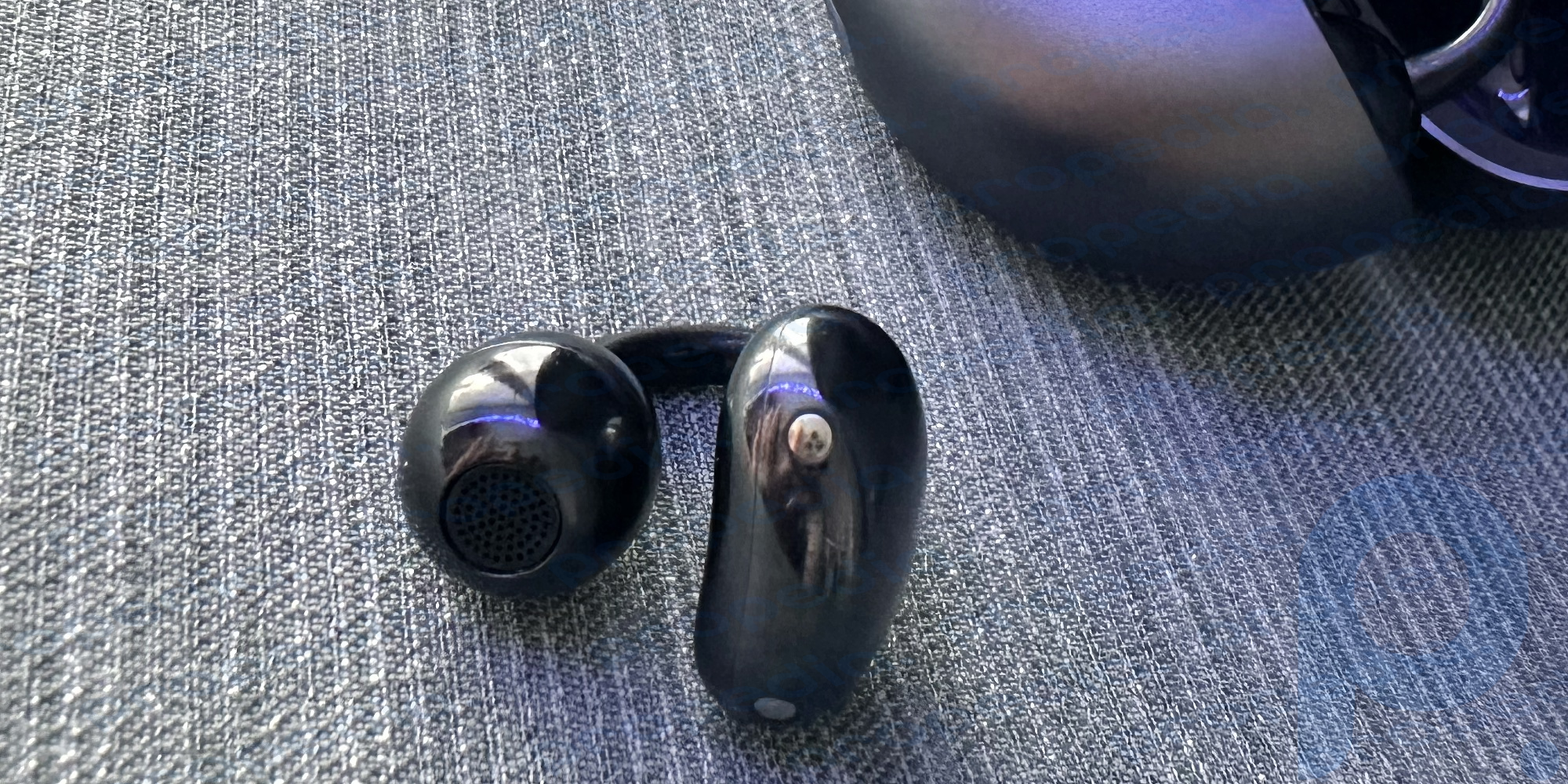
The headphones are really loud. At 100%, some tracks may subjectively sound a little worse, but still quite clean.
To achieve optimal sound, you need a Huawei smartphone with the latest EMUI 13.0 firmware: the proprietary L2HC codec will work with such a device.
This codec provides fast audio transmission (up to 1.5 Mbps), minimal latency and wider dynamic range. Other devices will have to be content with SBC and AAC.
The microphones are average: suitable for recording a voice message or call, but in a strong wind you will only regret the interlocutor. Using the same microphones, noise reduction during calls is implemented. There are no questions about it, it’s just normal: it doesn’t eat up your voice, but it doesn’t completely cut off the sounds of the street.
Convenience
The impressions here are twofold. On the one hand, the headphones sit really comfortably, there is no pressure and the ears do not start to hurt even after a few hours. This is helped by the fact that the ball-shaped part is small and does not press on the cartilage.
But this comfort disappears when you need to walk more than a couple of meters with headphones on - at least if you have long hair, a hat or a hood. All this will move the jumper while walking. The headphones themselves fit tightly, so they are unlikely to fall off, but the sound is almost guaranteed to be disrupted, and you will have to adjust it again.
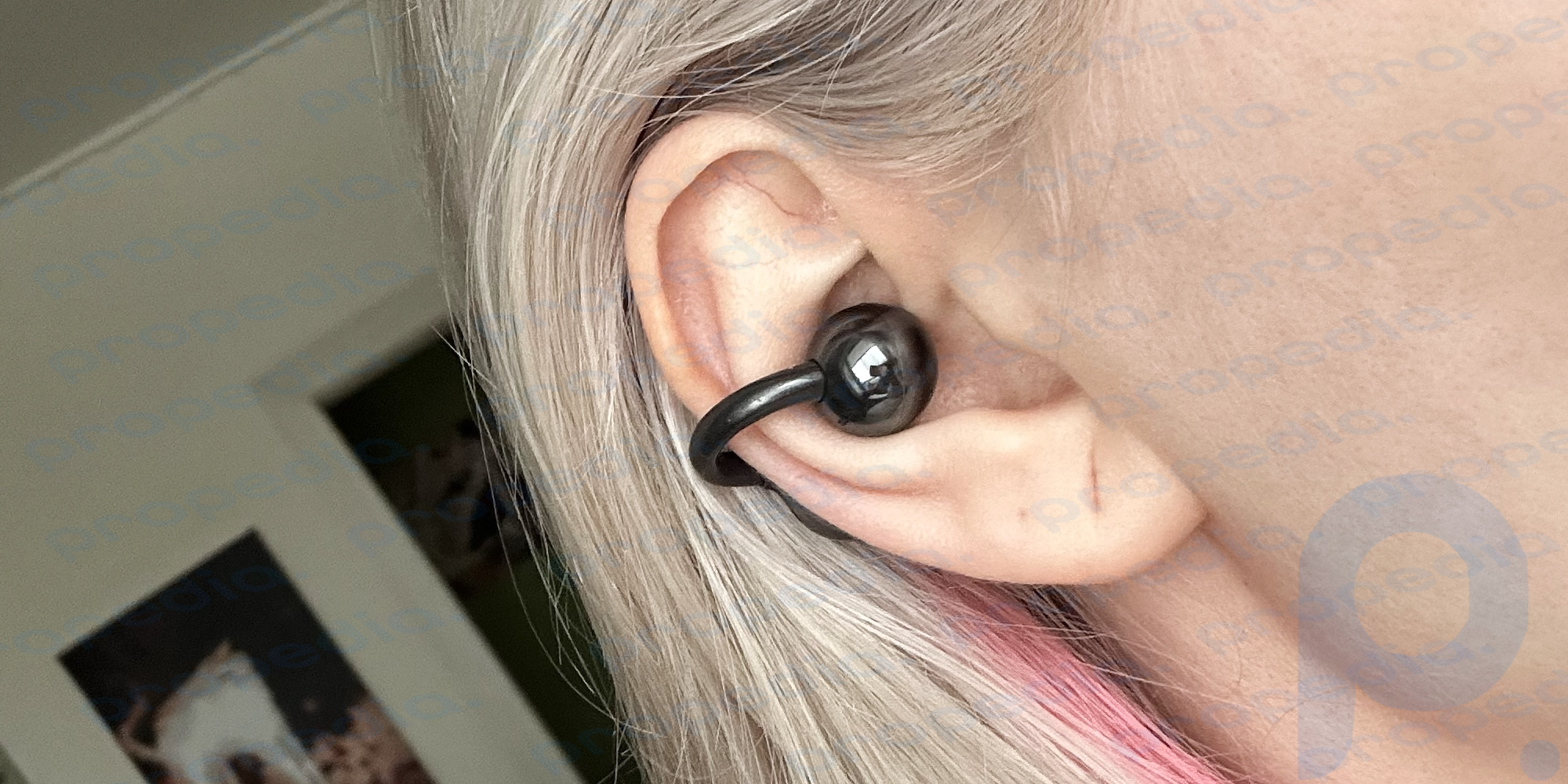
Due to the design features, it is useless to even tuck your hair behind your ears: it will still cling to the back. Only a ponytail or bun will help here. With a headdress, the situation is even sadder: you have to choose between warmth and sound.
Noise suppression
Neither active nor passive noise reduction is announced here. This is understandable: the device does not close the ear canal in any way. However, if you listen to music in a quiet room, voice or other sounds are well blocked, even when the volume is at medium levels. But the same effect can be achieved if you insert ordinary “plugs” into your ears - even without music. FreeClip does not cut out the noise of the subway or train at all, and it is difficult to hear anything in such conditions.
At the same time, the headphones themselves are quite noisy: if you turn the volume up to 80%, every word of a song or podcast will be heard from a meter away. Huawei claims that Direct Sound technology protects against sound leaks, but in practice I didn’t feel it: on the FreeClip side, it’s noticeably louder than the Galaxy Buds Live, which I use all the time. Samsung also does not fit closely to the ear canal, but the sound is retained better.
It turns out that these headphones are ideal for studying or working in a quiet cafe or library. You can turn on the music quietly (so as not to distract yourself or others) and sit for hours on end without discomfort.
But for traveling and working in a noisy room, a device with ANC is better suited.
Autonomy
It’s hard to find fault with the Huawei FreeClip here. The manufacturer promises 8 hours of operation on a single charge and 36 hours using a protective case. This is approximately what happens when constantly listening to music at a volume of 70–80%.
It takes about an hour to fully charge the headphones with the case, and in just 10 minutes you can get about 3 hours of music playback. The case itself can be powered using a USB-C cable or Qi wireless charging.
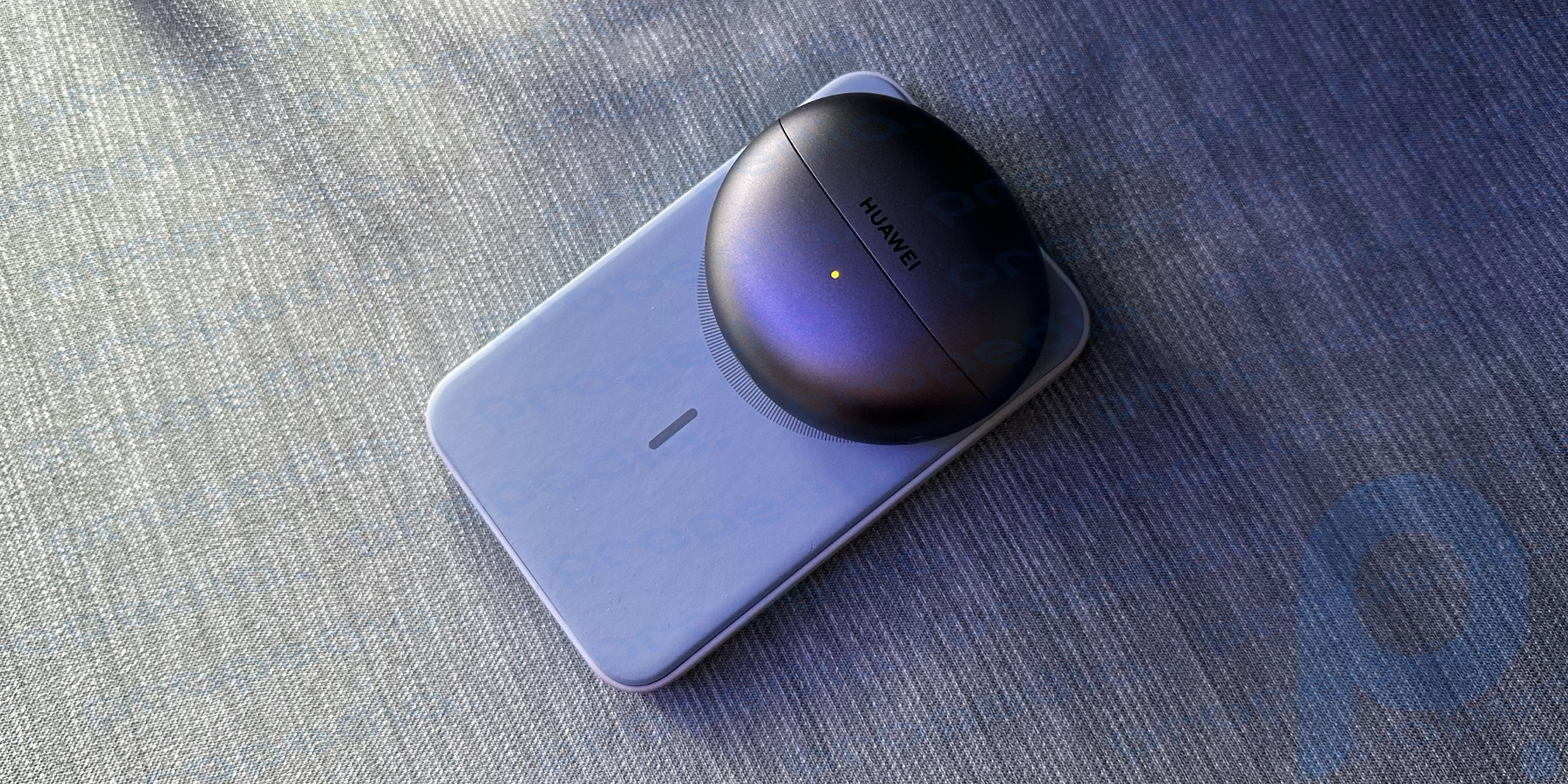
True, the wireless charging power is only 2 W: even without headphones inside, the case will be charged for more than two hours. But I finally found a use for a power bank with MagSafe.
Results
The headphones turned out to be very comfortable even by the standards of other models with an open design. With prolonged use, the ears do not hurt or get tired, and the charge for most users is enough for a whole day of work with music and calls.
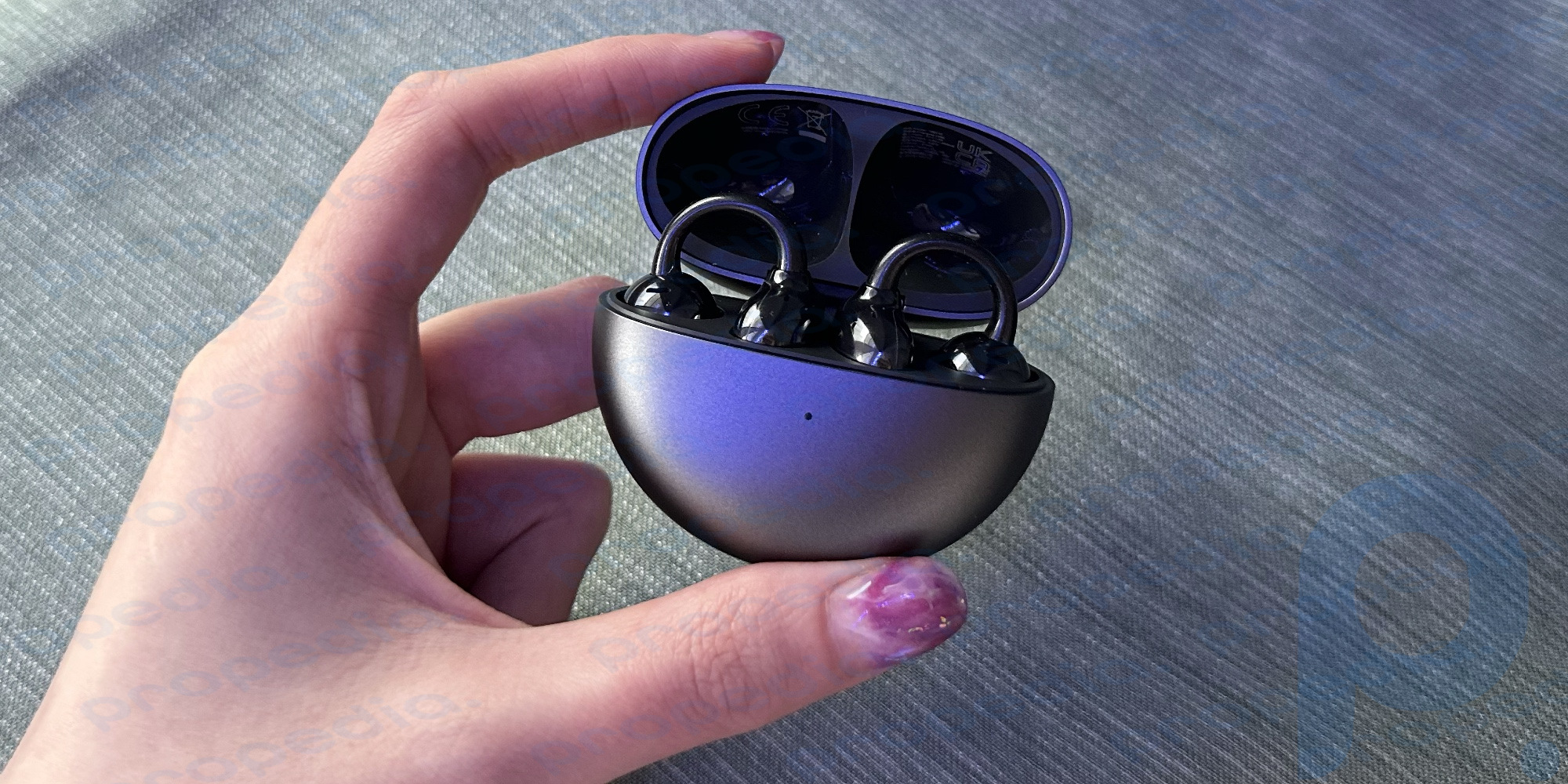
But there are also serious disadvantages: the lack of noise cancellation and a design that makes the headphones uncomfortable to use while moving with long hair or wearing a hat. In addition, the price tag of 16,999 rubles and the non-standard form factor may discourage the desire to experiment. This is not a device that you can take for testing and, if anything, quickly resell or gift to someone close to you. This is a niche gadget with a narrow audience - it just so happened that I got into it and was satisfied.
FreeClip is worth considering for purchase if regular headphones press on and cause discomfort. It would be ideal if before this you can find a model from friends or in the demo area of a store and try it out.

